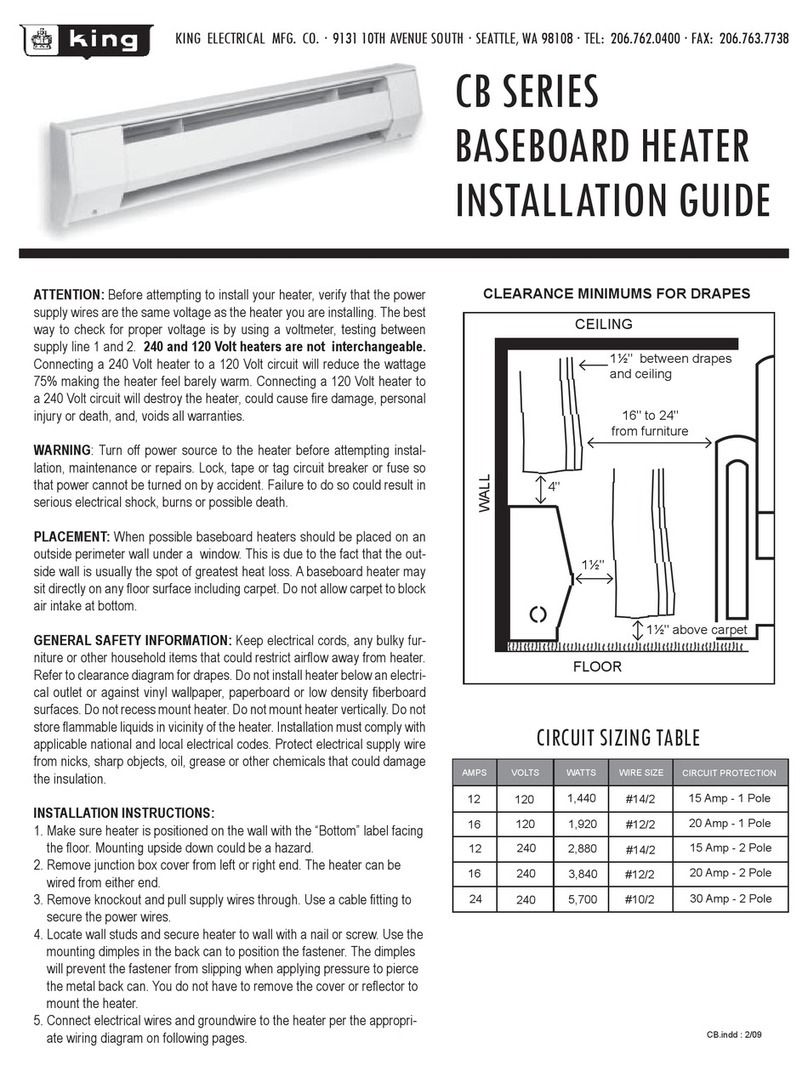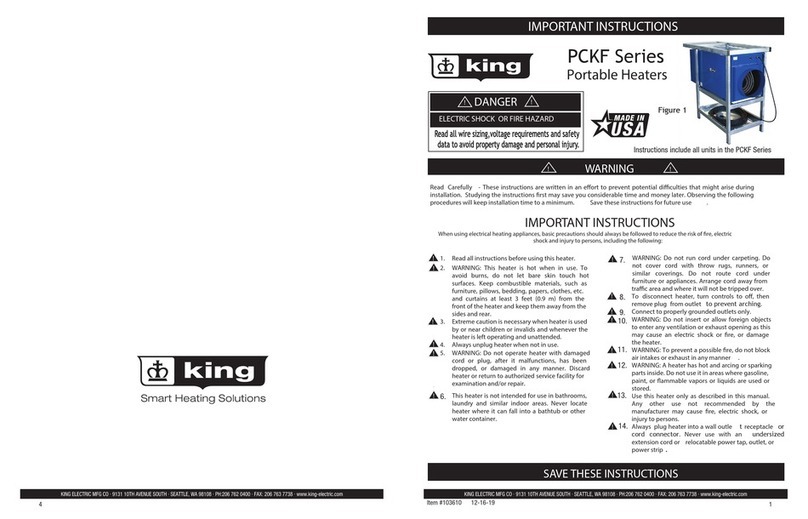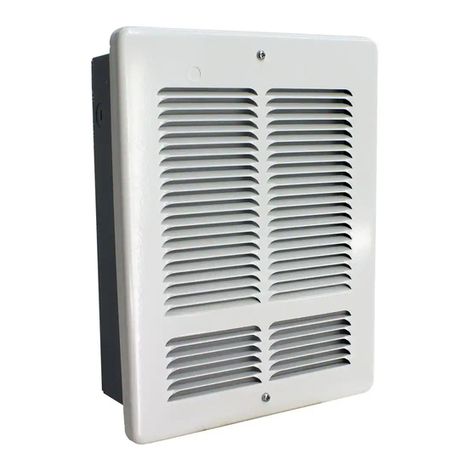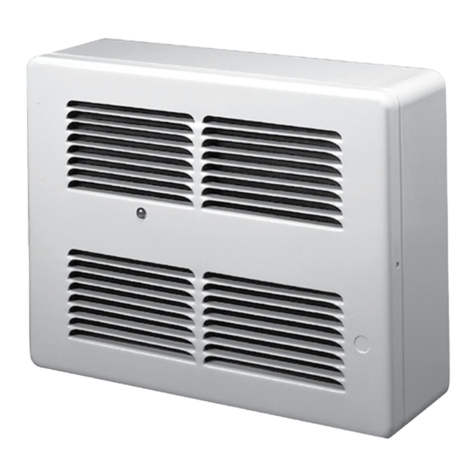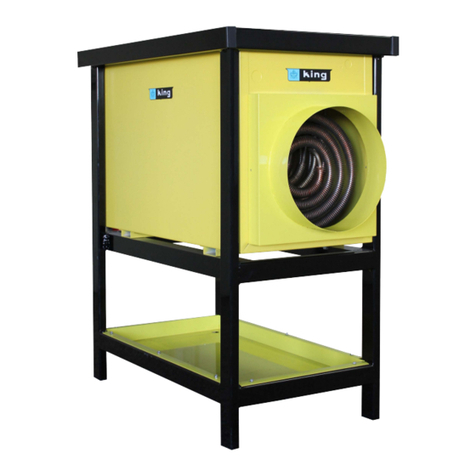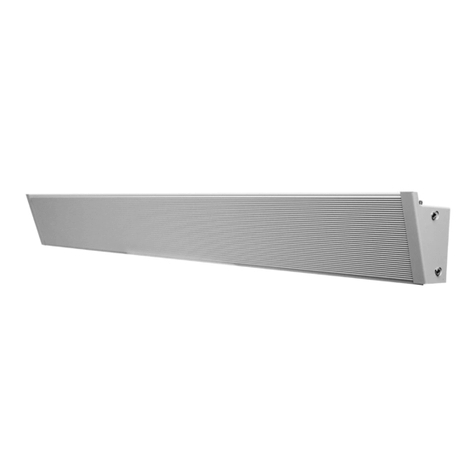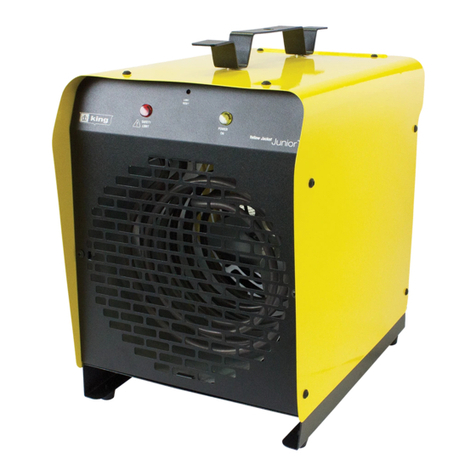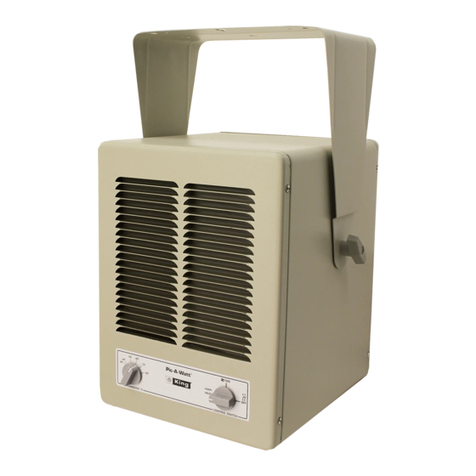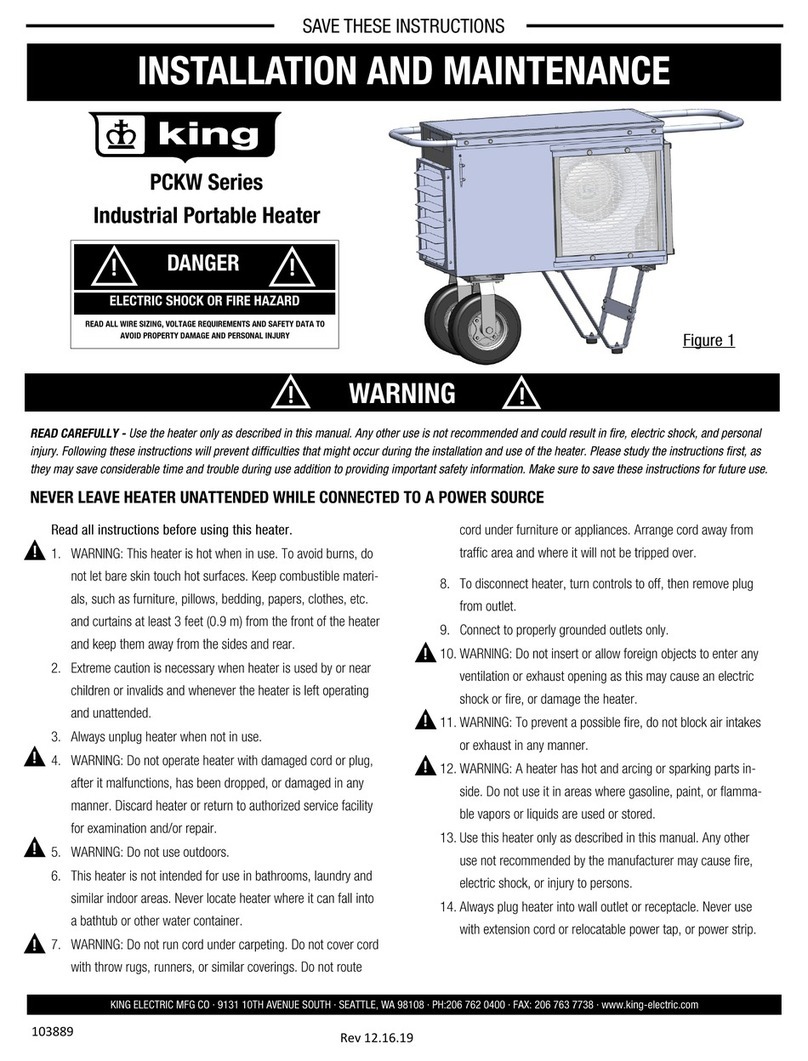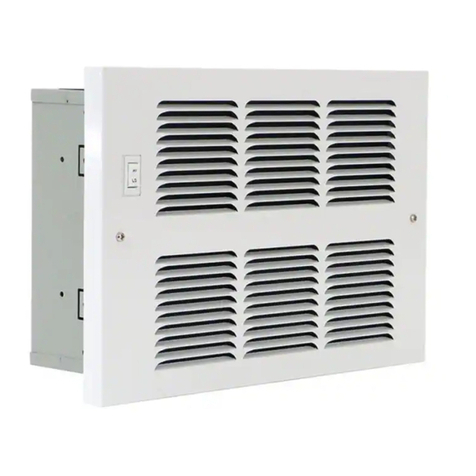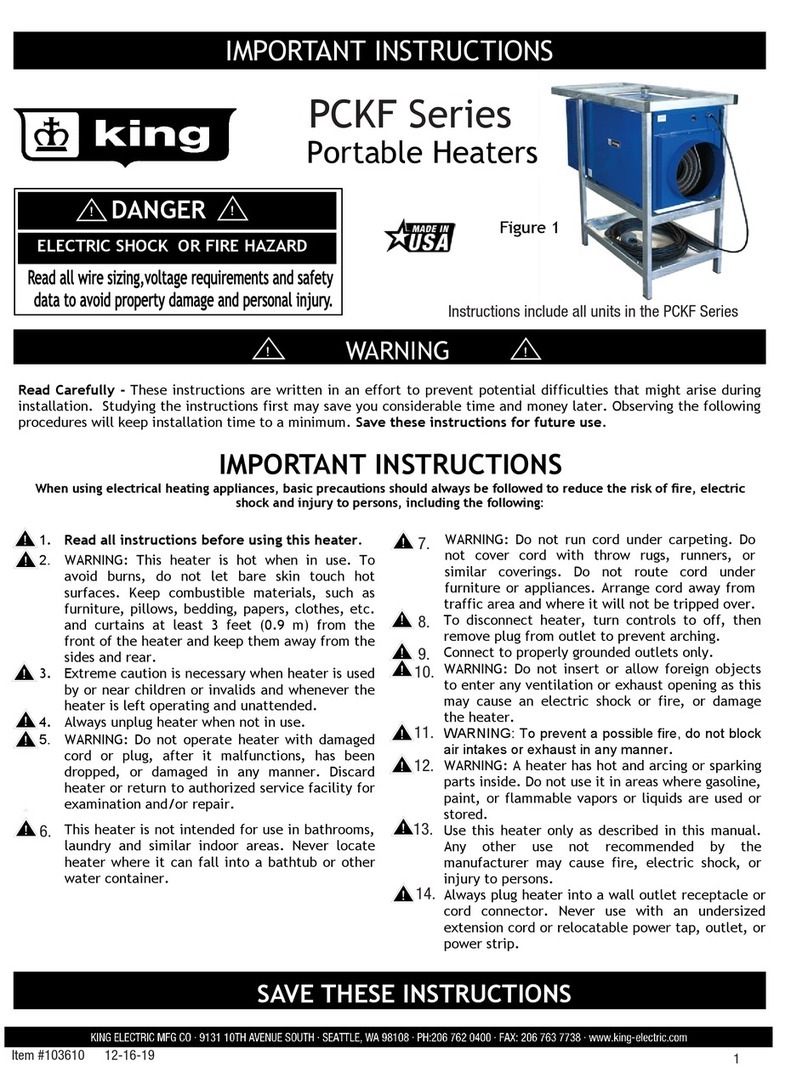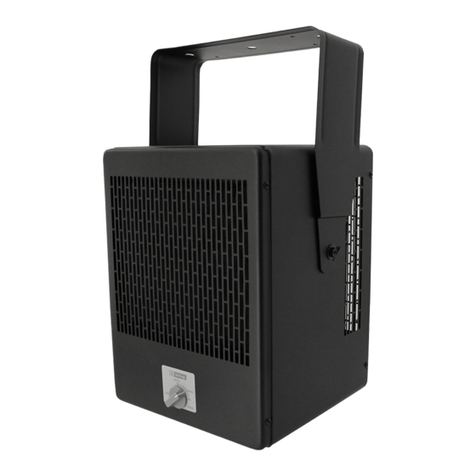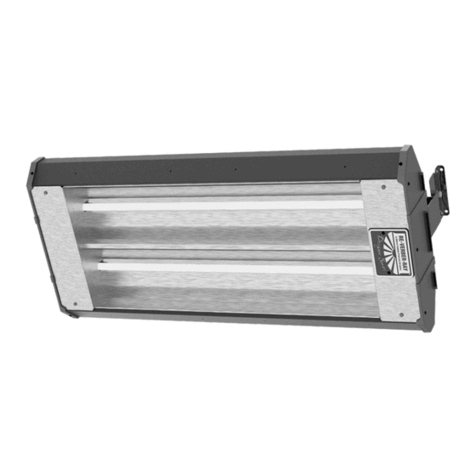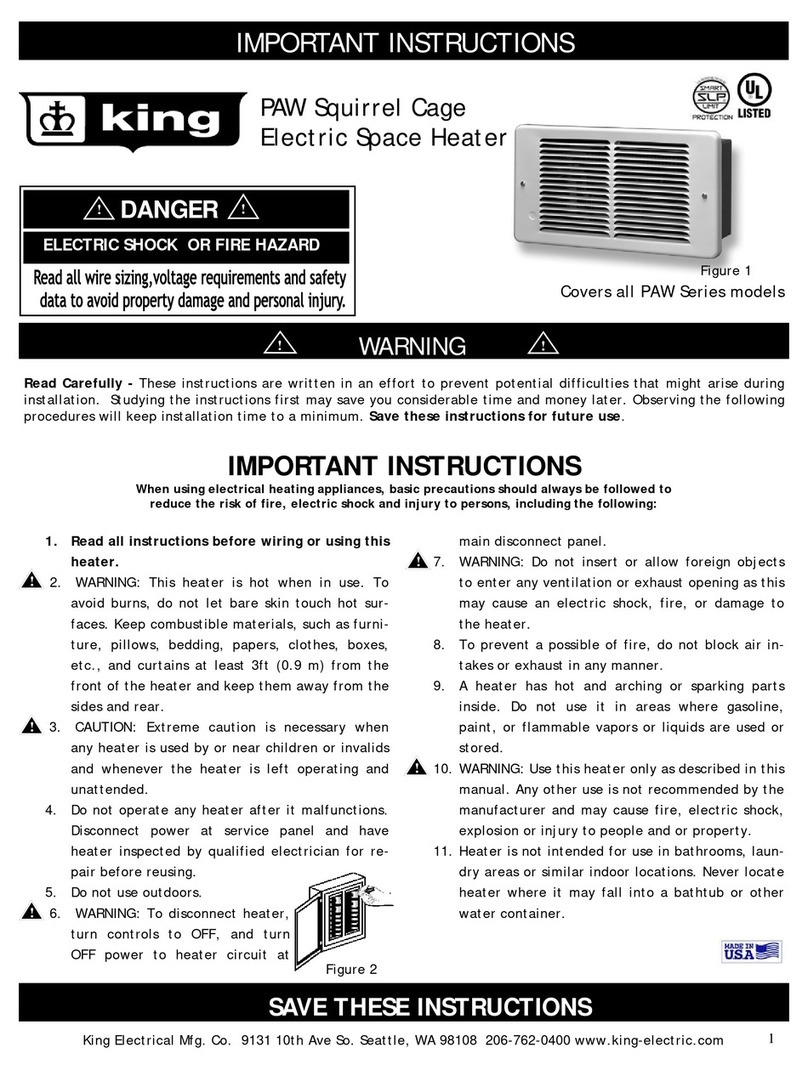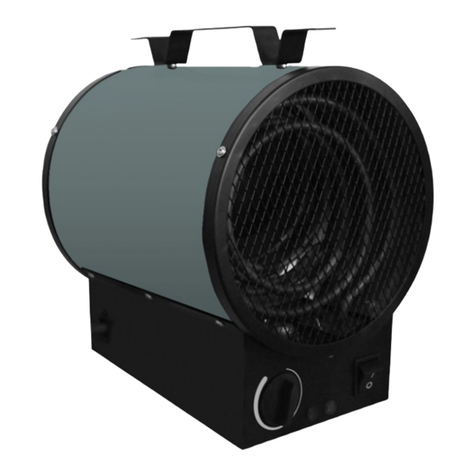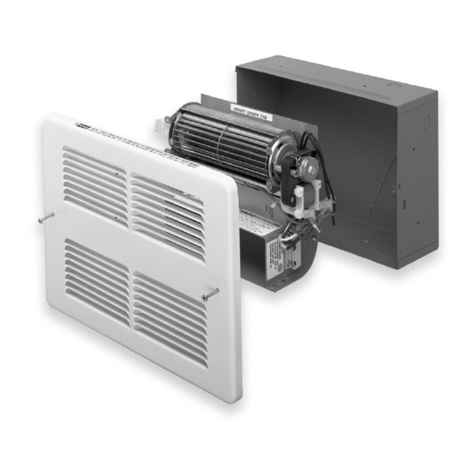
4
SAFETY NOTICE: If this heater is not properly installed a house re may result. Do not use make-shift compromises
during installation. Clean your stove frequently to reduce soot, creosote and ash accumulation. For your
safety, follow the installation directions. Contact local building or re ofcials about restrictions, permits
and installation inspection requirements in your area. The room heater must be connected to a chimney
complying with the requirements for Type HT chimneys in the Standard for Chimneys, Factory-Built,
Residential Type and Building Heating Appliance, UL 103, or a code approved masonry chimney with a
ue liner. Please read this entire manual before you install and use you new room heater. Failure to follow
instructions may result in property damage, bodily injury, or even death.
Read these rules and the instructions carefully
1. Check with local codes. The installation comply
with their rulings. Observe closely the clearances
to combustibles specied in this manual.
2. Do not install this heater in a mobile home or
trailer.
3. DO NOT connect a wood burning heater to
an aluminum Type B gas vent. This is not safe
and is prohibited by the National Fire Protection
Association Code.
4. Always connect this heater to a chimney and
vent to the outside. Never vent to another room
or inside a building.
5. The freestanding room heater requires a masonry
or a UL Listed Residential Type and Building
Heating Appliance Chimney.
6. Be sure that your chimney is safely constructed
and in good repair. Have the chimney inspected
by the Fire Department or a qualied inspector.
Your insurance company may be able to
recommend a qualied inspector.
7. Make sure the chimney is high enough to give a
good draft.
8. Inspect chimney connector and chimney
twice monthly during the heating season for
any deposit of creosote or soot which must be
removed (see Chimney Maintenance).
9. DO NOT BE ALARMED IF HEATER SMOKES UPON
INITIAL FIRING. The special paint used on this
heater must be cured during initial ring. This
smoking will occur only on initial ring.
10. CAST IRON PARTS MUST BE "SEASONED" TO AVOID
CRACKING. BUILD ONLY SMALL FIRES DURING
THE FIRST FEW DAYS OF USE.
11. To prevent injury, do not allow anyone to use
this heater who is unfamiliar with the correct
operation of the heater.
12. For additional information on using your Room
Heater safely, obtain a copy of the National
Fire Protection Association (NFPA) publication
"Chimneys, Fireplaces, and Solid Fuel Burning
Appliances" NFPA No. 211(USA).
13. Disposal of Ashes- Place ashes in a metal
container with a tight tting lid. Keep the closed
container on a non-combustible oor or on the
ground, well away from all combustible materials.
Keep the ashes in the closed container until all
cinders have thoroughly cooled. The ashes may
be buried in the ground or picked up by a refuse
collector. Never use the ash container to dispose
of other waste.
14. Keep the rebox section free of excess ashes.
15. Observe clearances to combustible materials
specied in this manual to avoid a re hazard.
16. CARING FOR PAINTED PARTS- This heater has a
painted jacket, which is durable but it will not
stand rough handling or abuse. When installing
your heater, use care in handling. Clean with
soap and warm water when heater is not hot.
DO NOT use any acids or scouring soap, as these
wear and dull the nish. PAINT DISCOLORATION
WILL OCCUR IF THE HEATER IS OVERFIRED.
FOLLOW OPERATING INSTRUCTIONS CAREFULLY.
17. The rebox walls in this heater may become
slightly distorted over a period of use. The slight
distortion does not affect the operation of the
unit.
18. CAUTION: HOT WHILE IN OPERATION. KEEP
CHILDREN, CLOTHING, AND FURNITURE AWAY.
CONTACT MAY CAUSE SKIN BURNS.
19. DO NOT USE CHEMICALS OR FLUIDS TO START THE
FIRE.
20. DO NOT BURN GARBAGE OR FLAMMABLE FLUIDS
SUCH AS GASOLINE, NAPHTHA OR ENGINE OIL.
21. CAUTION: DO NOT CONNECT TO OR USE IN
CONJUNCTION WITH ANY AIR DISTRIBUTION
DUCTWORK UNLESS Specically APPROVED FOR
SUCH INSTALLATIONS.
22. CAUTION: STORE SOLID WOOD FUEL A SAFE
DISTANCE AWAY. DO NOT STORE SOLID WOOD
FUEL WITHIN HEATER INSTALLATION CLEARANCES
OR WITHIN THE SPACE REQUIRED FOR ASH
REMOVAL.
23. DO NOT USE A GRATE OR ELEVATE THE FIRE - BUILD
FIRE DIRECTLY ON HEARTH.
24. WE RECOMMEND THAT SMOKE DETECTORS BE
INSTALLED IN YOUR HOME. Smoke from this
appliance may activate the smoke detector if
door is open.
25. An adequate supply of combustion air must be
provided into the room where the unit is installed.
26. Do Not Overre - if heater or chimney glows, you
are overring
CAUTION: Do not touch the metal or glass surfaces of the heater until it has thoroughly cooled.
Safety Rules
